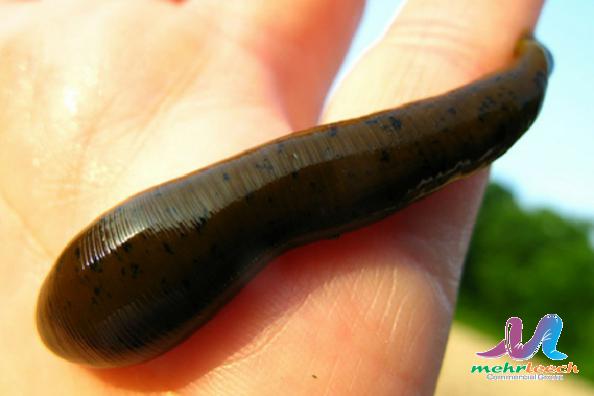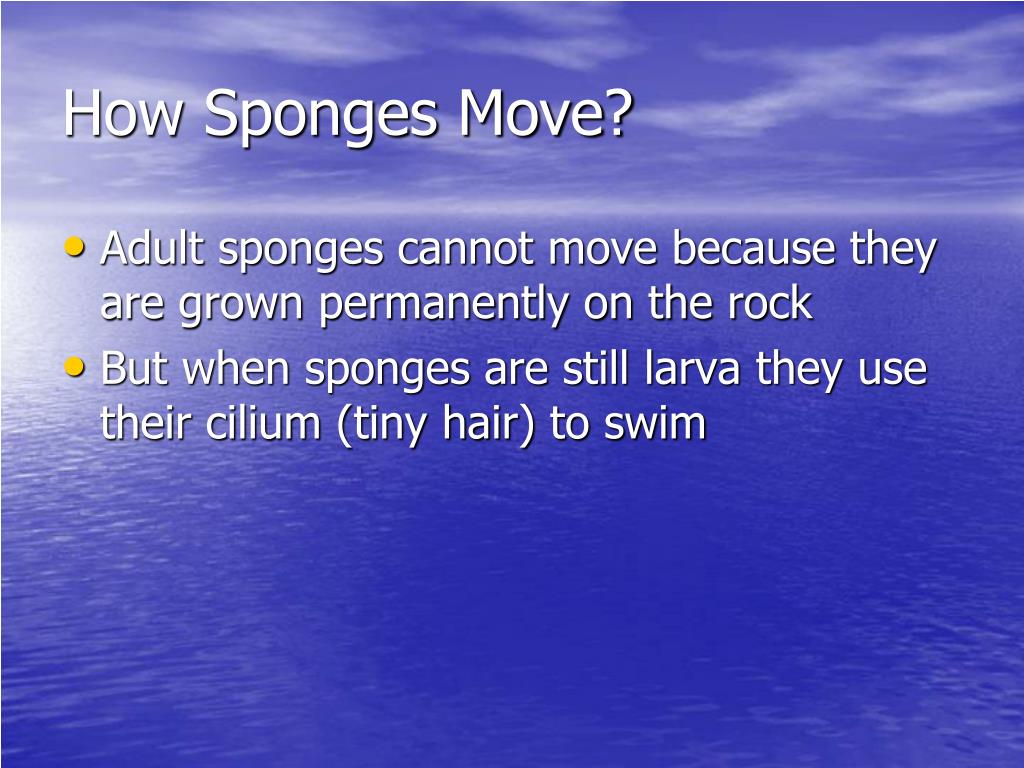
Sponges capture food (detritus particles, plankton, bacteria) that is brought close by water currents created by the choanocytes. Skeletal elements, choanocytes, and other cells are imbedded in a gelatinous matrix called mesohyl or mesoglea.

They are supported by a skeleton made up of the protein collagen and spicules, which may be calcareous or siliceous, depending on the group of sponges examined. Sponges are either radially symmetrical or asymmetrical. Water movement is driven by the beating of flagellae, which are located on specialized cells called choanocytes (collar cells). Other characteristics of sponges include a system of pores (also called ostia) and canals, through which water passes. This is the simplest kind of cellular organization found among parazoans. Sponges have cellular-level organization, meaning that that their cells are specialized so that different cells perform different functions, but similar cells are not organized into tissues and bodies are a sort of loose aggregation of different kinds of cells. Sponges are primarily marine, but around 150 species live in fresh water. Groups of cells in the nerve net form nerve cords that may be essential for more rapid transmission.Sponges are a diverse group of sometimes common types, with about 5000 species known across the world. The function of the nerve cells is to carry signals from sensory cells and to contractile cells. The nervous system is primitive, with nerve cells scattered across the body in a network. However, organs and organ systems are not present in this phylum. There are differentiated cell types in each tissue layer, such as nerve cells, enzyme-secreting cells, and nutrient-absorbing cells, as well as intercellular connections between the cells. Between these two layers is a non-living, jelly-like mesoglea. The outer layer is called the epidermis, whereas the inner layer is called the gastrodermis and lines the digestive cavity.

All cnidarians have two tissue layers, with a jelly-like mesoglea between them.Īll cnidarians have two tissue layers. \): Cnidarians have two distinct body plans, the (a) medusa and the (b) polyp.


 0 kommentar(er)
0 kommentar(er)
